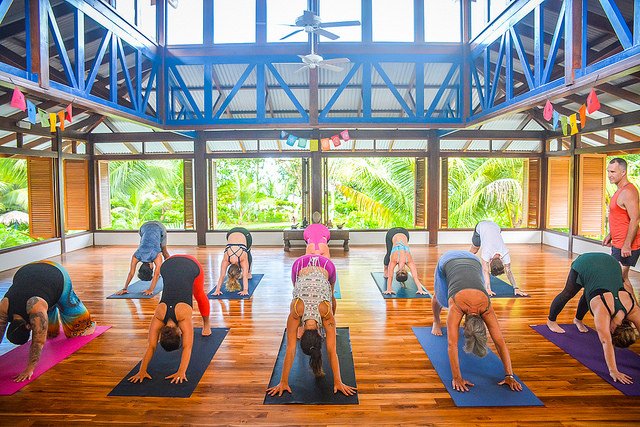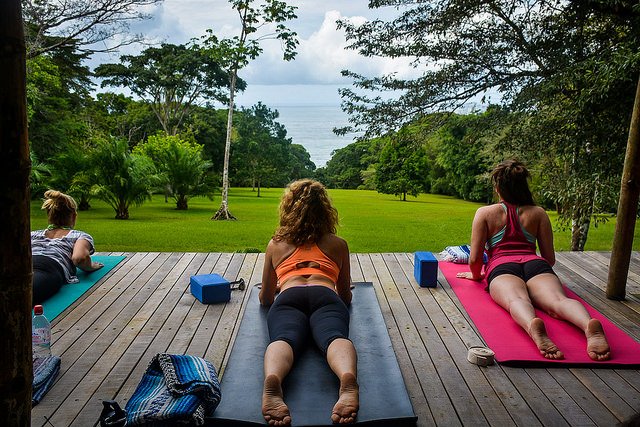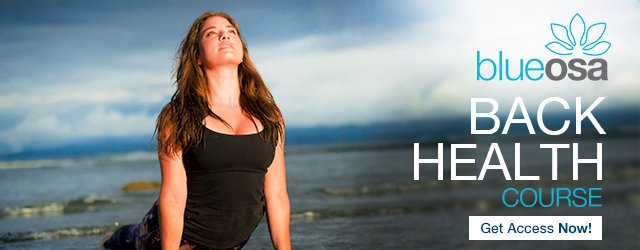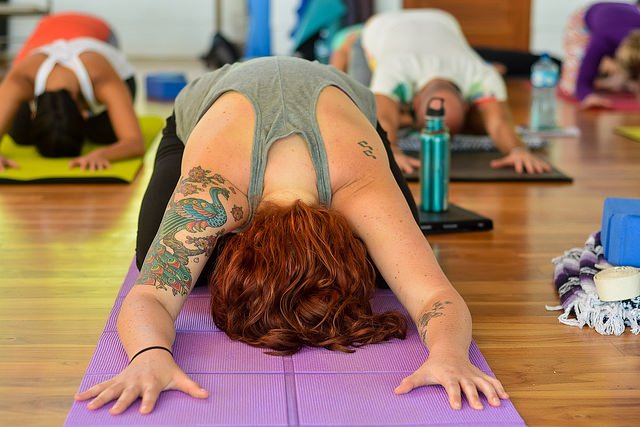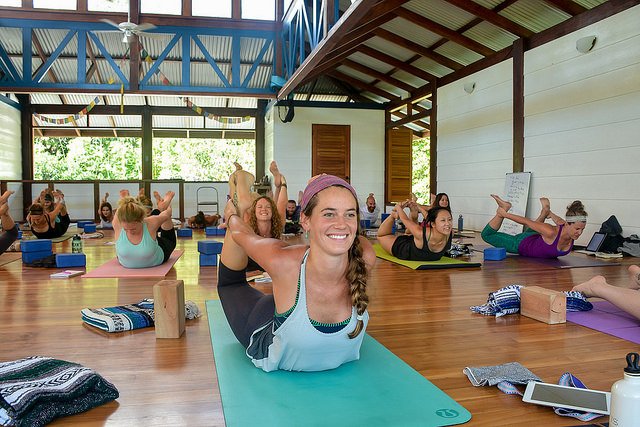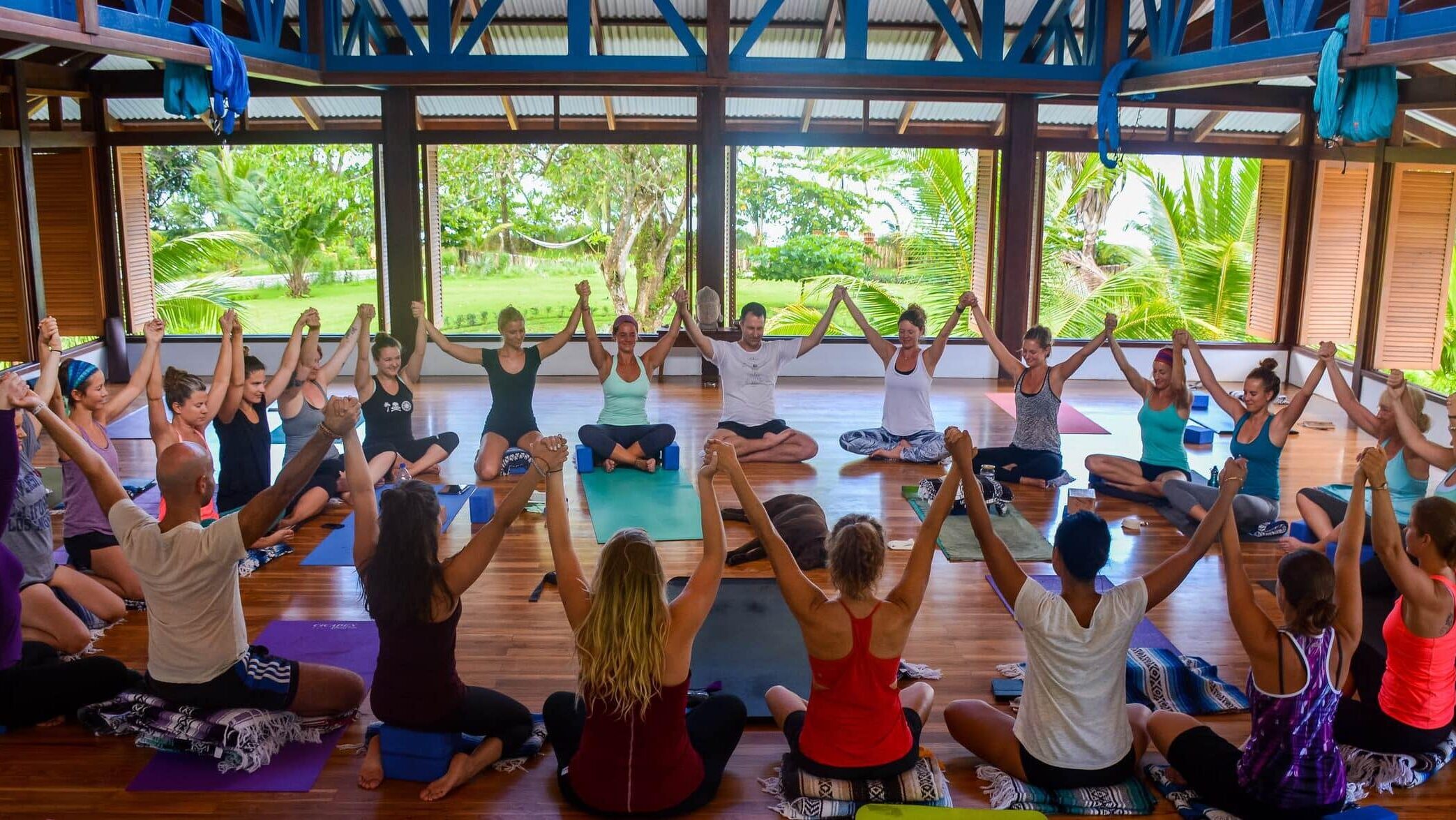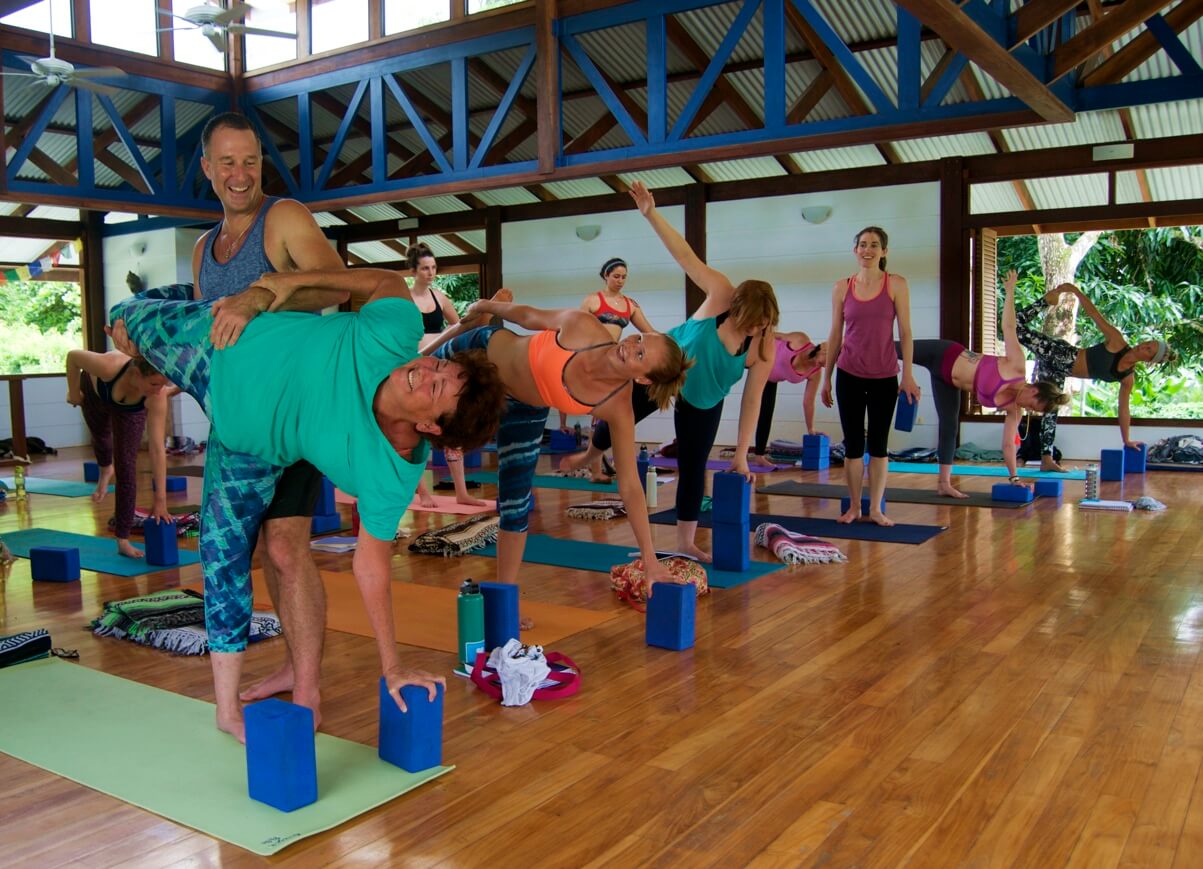Back pain is one of the most common ailments that can affect people of all ages. Many things can lead to back pain, such as repetitive heavy lifting, poor posture, a recent injury, or even a sudden awkward movement.
While it is always a good idea to have your doctor rule out any serious injury, it’s essential to move as much as possible.
The slow and gentle yoga movements can keep your back supple and flexible while helping to relieve pain and prevent it from reoccurring.
We look at some of the best yoga poses that can be effective for those suffering from back pain.
Downward-Facing Dog
The downward dog is one of the most well-known yoga poses and known for working the entire body.
In addition to strengthening your arms, shoulders, and legs, the pose also stretches your spine as well as your upper and lower back muscles.
The upside-down position of downward dog is achieved by starting from the tabletop position and raising your hips. With your tailbone pointed towards the ceiling, slowly straighten your legs and stretch your heels toward the ground. Your arms should remain straight, with your head in line with your upper arms and chin tucked in slightly.
Locust Pose
Locust Pose is a great gentle backbend that strengthens your back and preps you for deeper backbends. It is great for the lower back as well as aiding with digestive issues such as relieving gas, constipation, and indigestion. The upper back muscles are worked, which helps to improve posture and relieve stress caused by slouching.
The pose involves lying on your stomach with arms resting at your sides, palms towards the ceiling, and forehead on the floor. Your head, torso, arms, and legs are all lifted in unison, with big toes touching.
Focus your gaze ahead of you as you lengthen the back of your neck. Your stomach and pelvis area should remain in contact with the ground.
Sphinx Pose
Sphinx Pose helps to promote the lower back’s natural curve while stimulating the sacral-lumbar arch.
A variation of Cobra Pose, you can get all the same benefits without putting pressure on the wrists since Sphinx Pose is performed on the forearms. This makes it great for those suffering from wrist pain or injuries.
It is also an exceptional backbend for beginners looking to strengthen the spine while also opening the chest, lungs, and shoulders. Start the pose by lying flat on the floor, stomach facing down. Legs should remain straight about hip-width apart as you bring your arms up so that your elbows are placed directly under your shoulders.
You should be resting on your forearms, which are situated parallel to each other, with palms facing down.
Press your forearms into the floor as you begin to lift your head and chest off the floor. Roll your outer thighs to help lengthen your lower back.
Cat-Cow
Another gentle backbend, the Cat-Cow stretches and massages the entire spine while helping keep your back limber.
Additionally, you will stretch the neck, shoulders, and torso.
The pose involves getting into the tabletop position with arms straight and legs at a 90-degree bend. You will then begin a fluid movement of arching your back towards the ceiling and then letting your stomach drop towards the floor.
You return to the tabletop position, stretching your tailbone towards the ceiling and raising your head in the process. Repeat the fluid movement for 6-8 rounds.
Child’s Pose
Often used as a resting position between more demanding yoga poses, Child’s Pose is a good position for easing lower back pain. In addition to stretching the lower back, the pose also stretches the hips, thighs, and ankles.
It is a relaxed pose that most beginners will easily be able to perform and benefit from.
Begin in a tabletop pose and then bring your hips towards your heels while dropping your head to the floor. Gently rest your forehead on the floor while stretching your arms out in front of you, palms facing the floor. Knees can be kept together or slightly spread if more comfortable. Hold this position while taking deep breaths.
(If you like the video, click here for more information.)
Bow Pose
A bit more of an intense pose, Bow Pose can be risky for those with more severe back injuries. For healthier individuals, however, the pose can really help to strengthen the muscles of the back.
The pose is excellent for massaging internal organs while opening up the chest and shoulders.
Begin by lying face down with arms resting beside your body, palms to the ceiling.
Next, you will bend your knees, so your heels are brought towards your tailbone.
Reach and grab hold of your ankles, making sure to keep your knees hip-width apart or closer.
Lift your chest and thighs up from the floor as you try to create more of a rounder base where your weight rests on your stomach. Press your feet into your hands to lift yourself higher.
Pin It For Later!
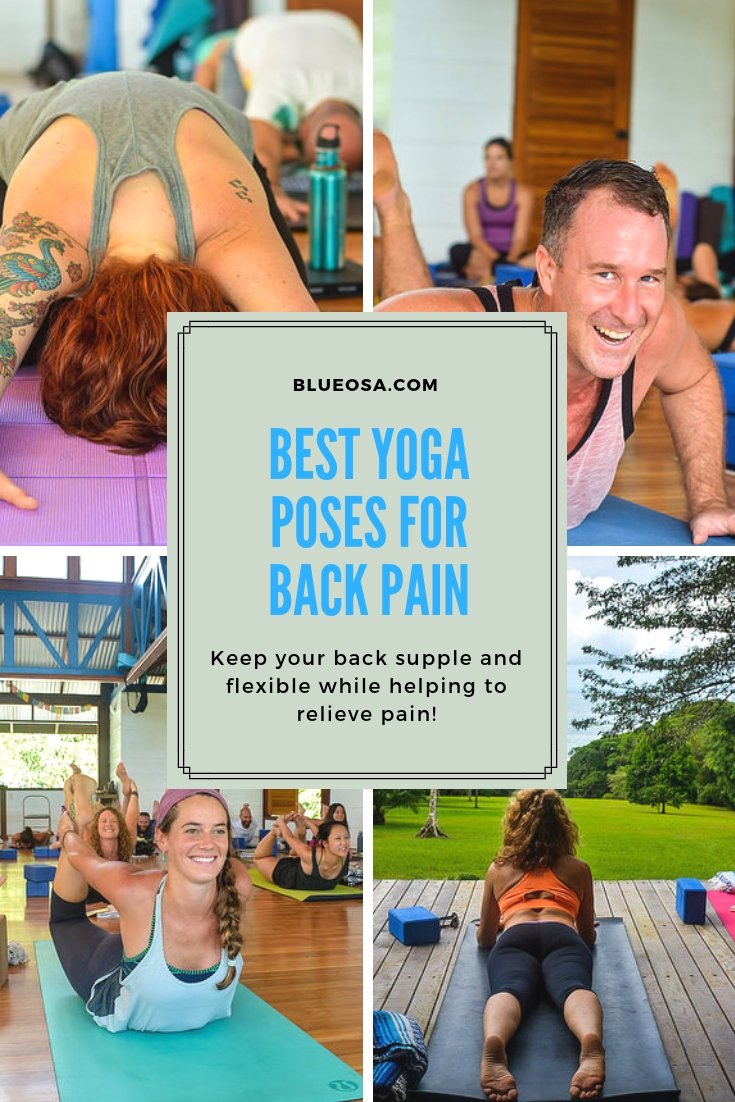
About the author:

Casey Siemasko is a content marketing consultant, travel blogger, and wandering yogi. An entrepreneur at heart, she is the co-founder of the award-winning travel blog A Cruising Couple. Besides yoga and travel, she enjoys wine tastings, being outdoors and taking on new hobbies.
[et_bloom_inline optin_id=”optin_16″]
Tags: Health, Stronger body, Yoga
Book/Inquire Now
Got pain? This will help you!
YOU DESERVE TO LIVE PAIN-FREE...
Receive 7 short, simple, and effective practices to alleviate knee, hip, low back, neck, shoulder pain, and more!
All you need is 5 minutes per lesson and it's FREE!
This revolutionary approach to yoga is new, and no one else is teaching this! Since I created Applied Yoga Anatomy + Muscle Activation™ and started teaching it consistently, I've witnessed students heal long-standing injuries, access yoga postures they never thought possible, and tell me over and over again how their body just feels better.
I hope you'll join me on this journey!
~Yogi Aaron
Is Yoga Teacher Training Right For Me?
We Created This FREE 5 Part Series So You Can Get All The Information To Make The Right Choice.
In this series, you will learn:
-
- Am I a candidate for yoga teacher training??
-
- What will I learn in a YTT?
-
- Do I need to have a perfect downward dog to attend YTT?
14-Day 200-Hour Yoga Teacher Training in Costa Rica
If you are looking for a 14-day 200 hour Yoga Teacher Training Costa Rica Immersion, you have landed in the right place. Join the next one!
300-Hour, 28-Day Yoga Teacher Training
Do You Feel Called To Something Greater?
This 300-Hour Yoga Teacher Training immersion training at Blue Osa will immerse you in yoga for one month.
You will have the specific transformational skills and yogic practices you need in order to connect with your higher purpose.
And more! You will be able to offer these transformative skills to others!

